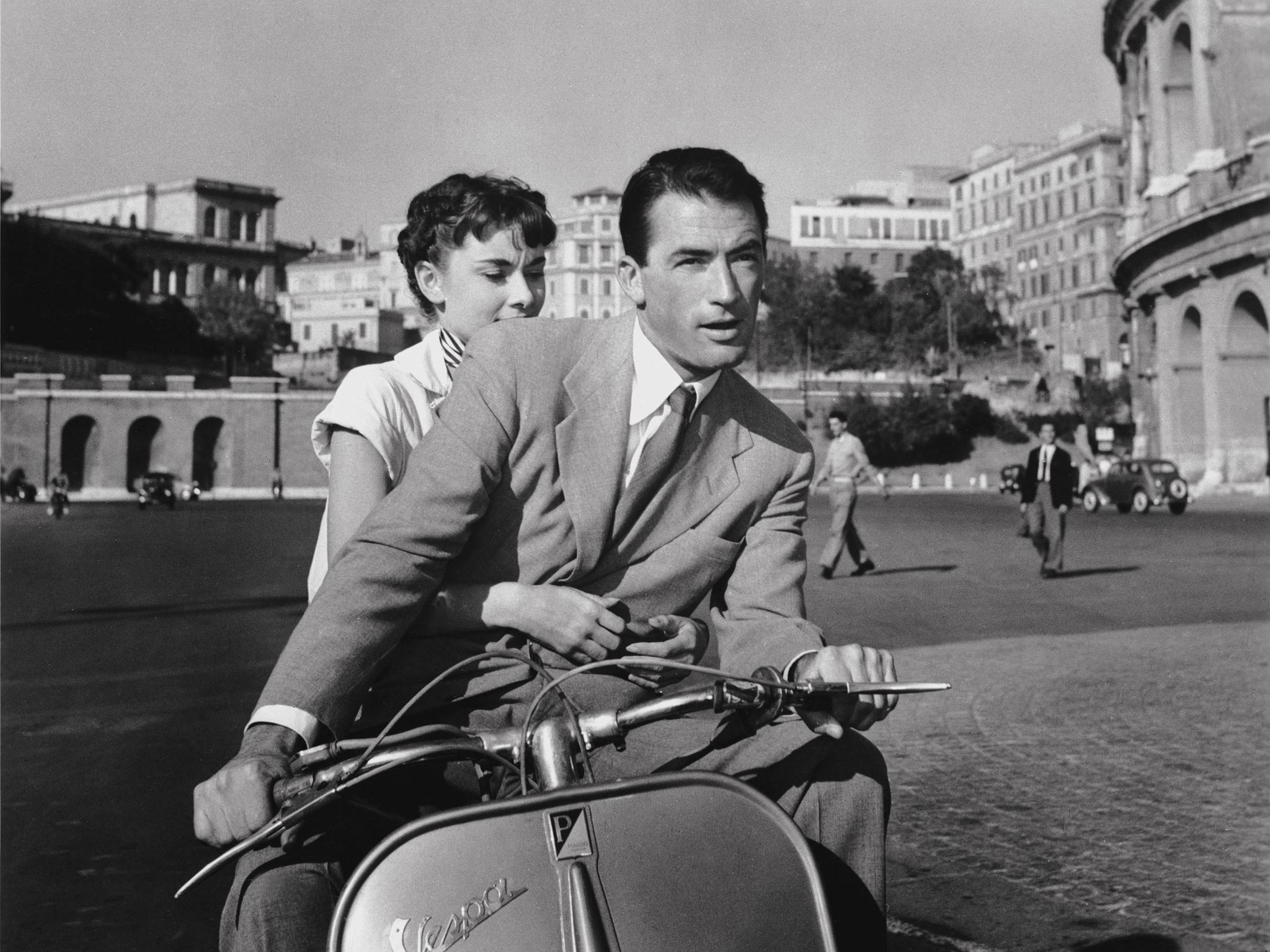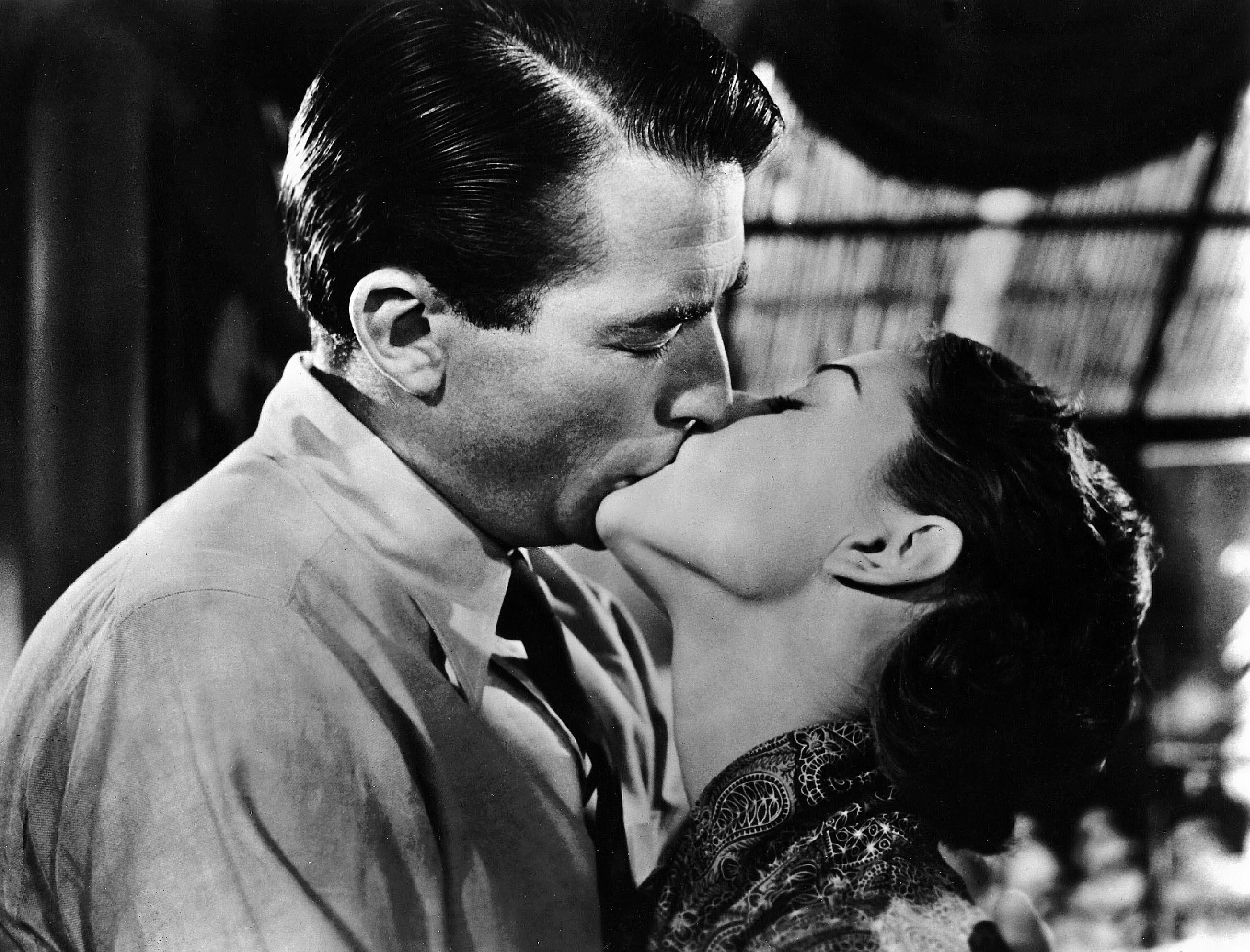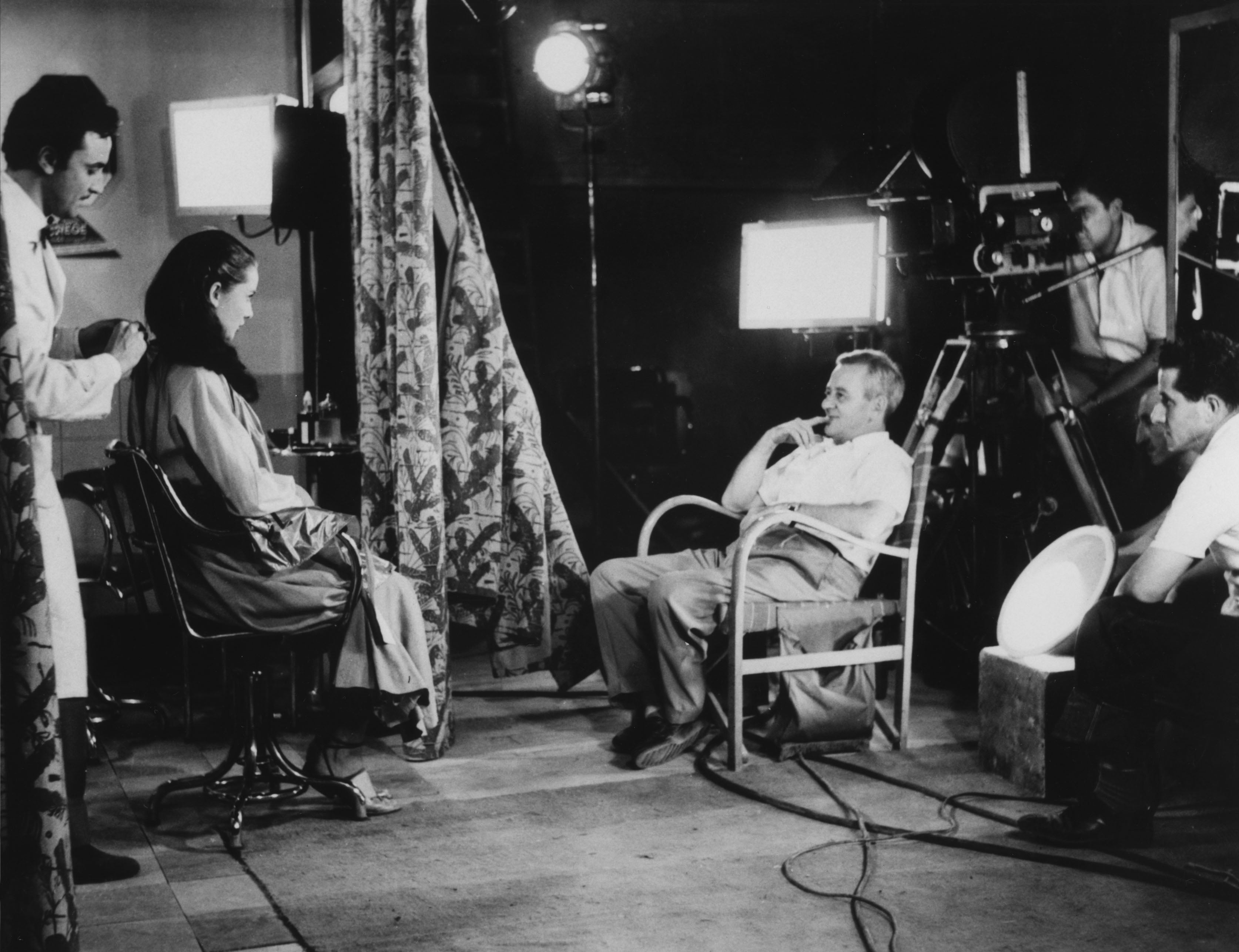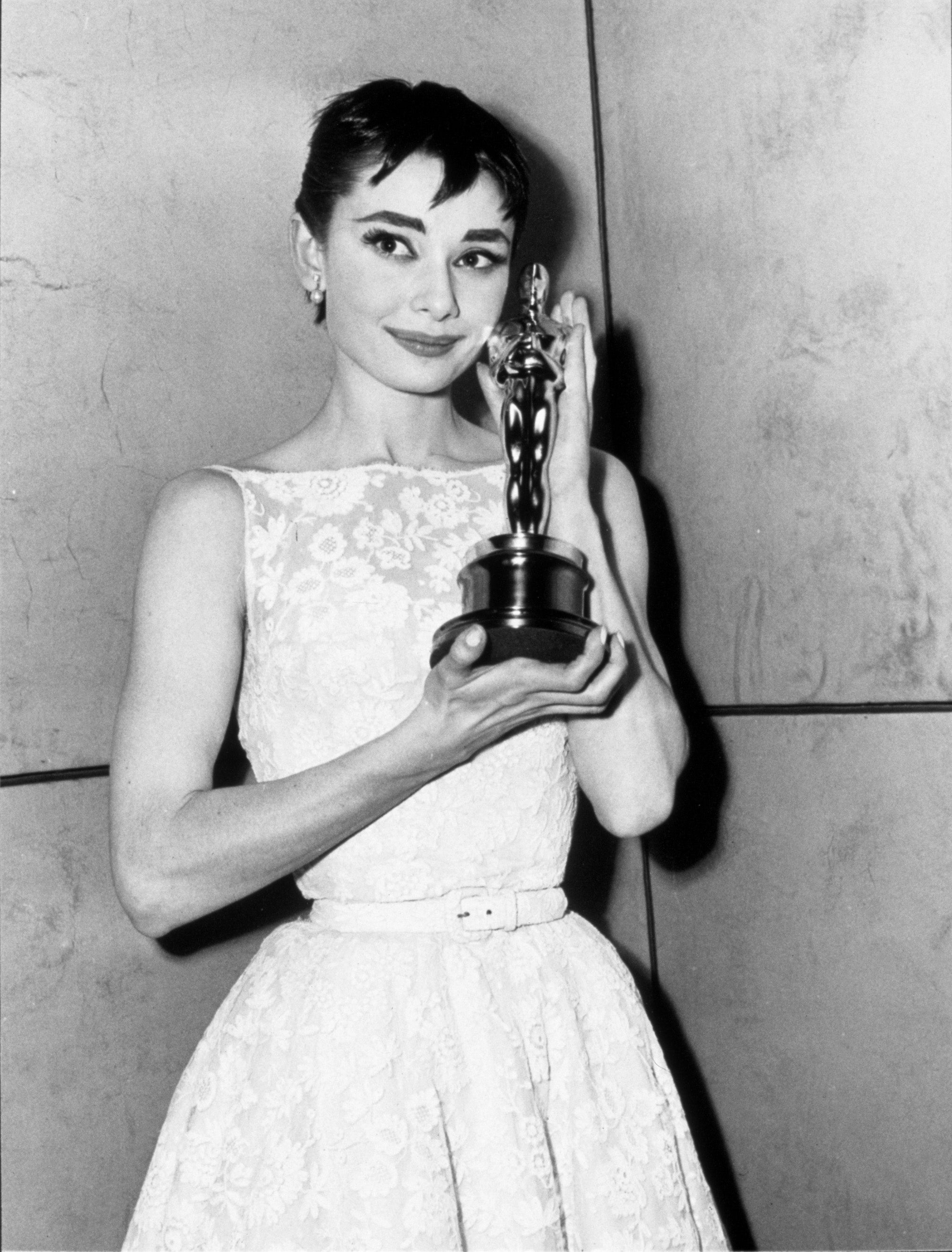Roman Holiday at 70: Why it’s the most influential romcom of all time
As William Wyler’s 1953 film starring Audrey Hepburn and Gregory Peck is being re-released early next year to mark its 70th anniversary, Geoffrey Macnab looks at what makes it so special, and says, it has a grit and emotional depth most other romcoms lack

Seventy years ago, during the sizzling hot summer of 1952, newcomer Audrey Hepburn and big-name Hollywood star Gregory Peck were to be seen gallivanting around Rome’s best-known locations, sometimes on foot and sometimes on their Vespa. They made an impossibly glamorous couple as they took in the Spanish Steps and The Colosseum. The city was in the grip of a heatwave but the searing temperatures didn’t faze the actors – or the crowds who gathered around in vast numbers to gawp at them.
Hepburn and Peck were starring in William Wyler’s classic 1953 film Roman Holiday – it’s being re-released early next year to mark its 70th anniversary. It has a fair claim as the most influential romcom of all time. Ingeniously plotted, it was witty and stylish but still tugged at audiences’ heartstrings. It’s hard to imagine all those frothy Julia Roberts movies in the 1980s and 1990s, from Pretty Woman to Notting Hill, being made without its inspiration. They too hinged on chance encounters between men and women from radically different backgrounds.
Roman Holiday is the story of the pampered but unhappy young princess Ann (Hepburn) on a state visit to Rome who goes AWOL for a day with handsome American reporter Joe (Peck). He’s after a scoop. She wants adventure away from the stifling world of royal protocol. They get up to high jinks in the Eternal City together, whizzing around town on a moped, hanging out in cafes, dancing and sightseeing. She smokes her first cigarette, has a haircut, eats ice cream, and, in the film’s most famous action sequence, hits someone on the head with a guitar.
Hollywood had been making romances along these lines for years and years. Frank Capra’s screwball comedy It Happened One Night (1934), starring Claudette Colbert as a rich young socialite and Clark Gable as a journalist on the make, had a roughly similar premise, even if it was set in Depression-era America rather than post-war Rome. In certain key respects, though, Roman Holiday was completely different from its studio predecessors. It was shot on location in the squares, alleyways, cafes, apartments, and beautiful old buildings of Rome, rather than on a Paramount backlot in Los Angeles.
Wyler made it in black and white. This was ostensibly to save money but it gives the film some of the flavour of the Neo-Realist movies that were being made by Italian directors. Italian scriptwriter Cesare Zavattini had called on his colleagues to go out onto the streets, travel on buses and trams, and to “steal” stories from what they overheard in everyday life. In a sense, this was what Wyler was doing too. No one is going to pretend that Wyler’s escapist yarn, a Cinderella tale in reverse, was anything like such bleak Italian pictures of the era as, say, Vittorio De Sica’s Bicycle Thieves (1948) or Umberto D (1952). However, he was shooting in the same Rome locations.
Some of the grit came from the screenplay originally written by Dalton Trumbo, one of the writers blacklisted in Hollywood in the McCarthy era because of his communist sympathies. Trumbo’s credit for the film was finally restored after adjudication by the Writers Guild of America in 2011.
Wyler had inherited the project when Frank Capra decided not to make it. Capra had intended to cast Cary Grant as the journalist and Elizabeth Taylor as the princess. That might have worked well enough in its own way, but Taylor could never have matched Hepburn’s febrile, bright-eyed naivety. Wyler had insisted on casting a European and had originally thought of Jean Simmons for the role. “I didn’t need a stellar leading lady. I wanted a girl without an American accent to play the princess, someone you could believe was brought up to be a princess,” he later claimed. Simmons couldn’t do it but Hepburn, the elfin young Belgian dancer, who had by then appeared in small parts in a couple of Ealing Studios movies, fitted the bill perfectly.
According to Wyler’s biographer Axel Madsen, it was only because the director already had a big star in Peck on board that he was even allowed to approach her.
Hepburn won an Oscar for Roman Holiday. The most hard-bitten studio executives swooned over her. The media began to fete her long before the film had reached cinemas. Time magazine put her on its cover even though she was unknown in America, reporting that “Paramount’s new star sparkles and glows with the fire of a finely cut diamond”.

“Impertinence, hauteur, sudden repentance, happiness, rebellion and fatigue supplant each other with lightning speed on her mobile face,” they enthused about the quicksilver Hepburn. Other media outlets heralded her as “find of the year” and “new screen princess”. Hepburn, one journalist wrote, could “wriggle her way into the most surly misogynist’s heart”.
Collaborators went out of their way to help the film’s gamine-like young female lead get ahead. Peck had agreed to appear in the movie primarily because he wanted to lighten his image. The earnest-looking leading man had made Hitchcock thrillers such as Spellbound (1945) and The Paradine Case (1947), as well as the smouldering western Duel in the Sun (1946), but he had never previously shown much of a sense of humour on screen.

Peck was supposed to be the star of Roman Holiday but quickly realised that he was really just a foil for Hepburn. “I think I had the impression this picture was about me at first when I was told by Willie Wyler that an unknown girl, a little dancer from London, was going to play the princess. I said, ‘well, Willie, no one has better judgement than you. Have you seen her on film?’” Peck remembered his initial scepticism about Hepburn and his determination not to be eclipsed by a newcomer. Wyler, though, showed him a few minutes of her screen test and he instantly became as smitten with Hepburn as his director. He revealed in the 1993 documentary, Audrey Hepburn Remembered, that he had called his agent, insisting that she be given full star billing alongside him, an act of generosity almost unheard of among Hollywood A-list actors.
You can easily understand how Hepburn entranced him and everyone else. She seems completely natural on screen. In the rush to praise the young star, no one noticed the Henry Higgins-like tactics that Wyler had used to get the performance he wanted. He asked for the camera to be left running during her screen test. Her behaviour after she thought the test was over convinced the studio bosses to hire her. “How was it? Was I any good?” she asked in such appealing, wide-eyed, puppy dog-like fashion that no one doubted that she was the right choice. The director wasn’t above a little gentle bullying of Hepburn. According to Peck, she was “good at everything except shedding tears…wacky and funny…always making faces and doing backflips and clowning around”. In order to get some real emotion from her, Wyler once suddenly “rounded on her” and told her she would never make it. The ruse worked. In the next take, “the tears started to flow”.

Of course, there was far more to the success of Roman Holiday than Hepburn’s mischievous, faun-like performance as the princess out on the town. UK audiences couldn’t help but be reminded of their own recent royal romantic imbroglios. Princess Margaret had her “doomed romance” with divorcee Peter Townsend in the early 1950s. Julian Jarrold’s 2015 romantic comedy A Good Night Out, suggests that Margaret and Princess Elizabeth had had their own Roman Holiday-like night on the tiles on VE Day in May 1945, when they ventured out of Buckingham Palace to join the crowds.
At times, Wyler’s depiction of the life of the young princess Ann is surprisingly dark. In one early moment, which is played for comedy but has sinister undertones, the princess becomes so stressed by her never-ending royal engagements that she suddenly starts screaming.
“10.55, the New Foundling Home for Orphans. You will preside over the laying of the cornerstone, same speech as last month,” says her stern assistant (Margaret Rawlings) who is taking her through a schedule of meeting after meeting. She grows so panicked that the assistant summons the doctor (Heinz Hindrich) to calm her down. He promptly injects her with a sedative. “This will relax you and even make you feel a little happy. It’s a new drug, quite harmless,” he tells her as he sticks the needle in her arm.

In these early scenes, Roman Holiday is remarkably similar to the new drama Corsage in which Vicky Krieps stars as the 19th-century empress Elisabeth “Sissi” of Austria. Sissi is older than Hepburn’s Princess Ann but faces the same relentless scrutiny from courtiers, politicians, and the public. She likes to smoke, ride horses, and have amorous adventures – but she has no real freedom. “She is everything and nothing – and she doesn’t know who she is,” Krieps recently said of the character, an observation that also applies to Princess Ann.
“She’s fair game, Joe. It is always open season on princesses,” says the journalist’s photographer friend and accomplice (Eddie Albert) when he tries to justify taking the secret pictures of Ann for the story they both hope to sell for $5,000. Of course, Joe can’t go through with it.
The ending of Roman Holiday is deliberately downbeat. Wyler doesn’t give the audience the usual schmaltzy romcom finale. The princess and the journalist are again placed on opposite sides of a great divide. There is no way for their short-lived relationship to endure. Audiences, though, tend to be so intoxicated by the sheer exuberance of the film that they don’t notice quite how forlorn Peck’s Joe looks as he trudges away on his own at the end of the movie, knowing that the sparkle Hepburn’s princess briefly brought to his life will never be recaptured.
The 70th-anniversary re-release of ‘Roman Holiday’ in a 4K restoration is on 3 February. ‘Corsage’ is released on 26 December
Join our commenting forum
Join thought-provoking conversations, follow other Independent readers and see their replies
Comments


Bookmark popover
Removed from bookmarks